Driving the World to a More Sustainable Future
Phononic is reimagining how the world cools and heats, transforming industries and disrupting traditional business models.
As the global leader in solid state cooling technologies, our thermoelectric devices and integrated products are deployed across industries, and are mission critical to cooling data center servers, enabling sustainable cold chain to support e-grocery growth and even bringing the promise of Net Zero within reach for building owners and developers.

The Power & Promise of Solid State Cooling
Solid state thermoelectronics, powered by CO2 and water, devoid of traditional toxic refrigerants, a sustainable cooling solution (GWP<1) with application and tangible results that cross industries.
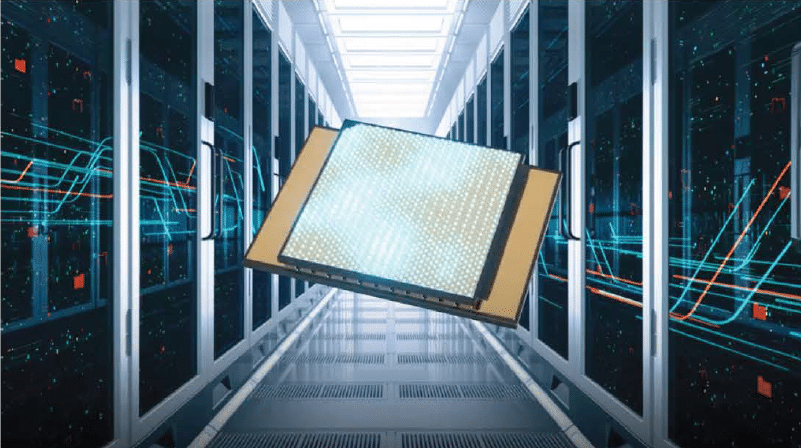
Poised to meet the exploding cooling demands of data centers and beyond.
Phononic TECs are already 20+ M strong in field, and deliver 30% lower power, 60% greater cooling performance today. What’s more, Phononic TECs are embedded in all major US hyperscalers today, and positioned for further expansion.
Sustainable, Documented Cold Chain Solution
3rd party verified LCA confirms the difference of the Phononic ACS™ Refrigerator and Freezer solutions. Delivering an average of 36% kg CO2e savings per one year of product use as compared to traditional compressor-based solutions, Phononic is enabling grocers to meet both sustainability and profitability goals.
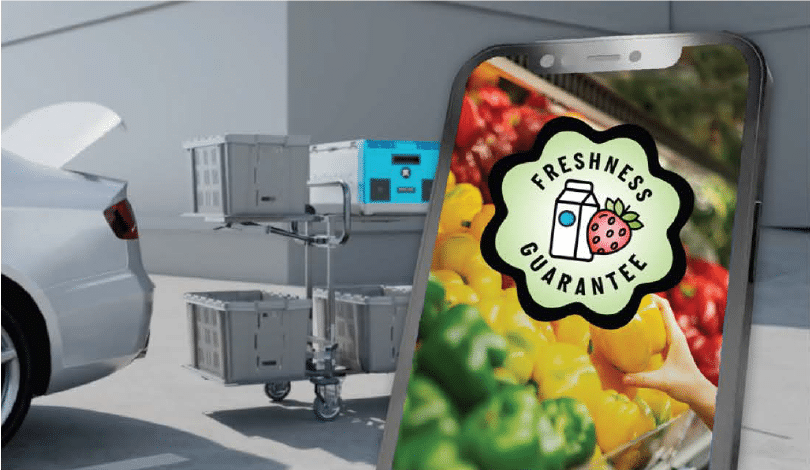
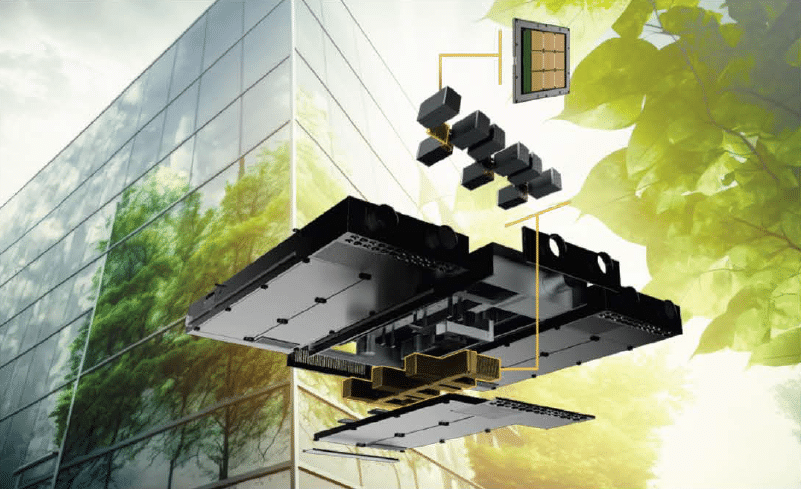
Bringing Net Zero Within Reach
Introducing the World’s First Truly Sustainable HVAC solution through TTAP. Eliminating toxic refrigerants, delivering 18% lower total cost of ownership, Co2e savings and bringing Net Zero within reach without compromising comfort or ease of installation.
Cooling Innovation for a Warming Planet
Global Warming isn’t Slowing Down

The world is at a tipping point – where it’s no longer possible to ignore the dangers of rising carbon dioxide (CO2) emissions. Countries and companies around the globe are reckoning with the fact that higher temperatures, an increasing risk of severe weather events, and rising sea levels are having an impact on our society and way of life.
To protect our safety, mitigate increasing costs and safeguard the planet, it’s time to act with resolve about the dangers of global warming.
How Cooling Hurts the Environment

The most hazardous elements in traditional refrigeration and cooling technology are refrigerants – chemical compounds used as the heat carrier within systems.
When a refrigerant is released, the gas remains trapped in the atmosphere and absorbs heat, warming the earth and acting as a CO2 multiplier in the atmosphere. In fact, one kilogram of the highly-toxic refrigerant R410a has the same greenhouse impact as two tons of carbon dioxide, which is the equivalent of running your car for six months. That’s a high price to pay for the comfort and convenience of refrigeration and AC systems.
The Firestorm Over Cooling

Even with the growing global adoption of carbon-reducing standards and the rise in renewable energy sources, there’s an equally catastrophic source of greenhouse gas emissions that’s quietly creating havoc behind the scenes: refrigeration and air conditioning.
If left unchecked, over the next 20 years, the environmental damage from leaked refrigerants will have massive CO2 ramifications: by 2045, leaked refrigerants will contribute as much to global CO2 emissions as vehicles.
Phononic Technology Delivers a GWP of 1 or Less

Phononic’s solid state cooling, refrigeration and HVAC innovation uses just water mixed with naturally available CO2, with a GWP of just 1 or less, delivering the lowest GWP rating in the industry.
Since its solid state core is a fundamental departure from mechanical compressors, cooling applications are efficient, sustainable, quiet, more reliable, and more economical. Phononic’s solid state design represents an exciting new way to reduce greenhouse gas emissions and support UN climate goals–while meeting the demanding performance needs of the market.
Meeting the Climate Moment with Solid State Cooling
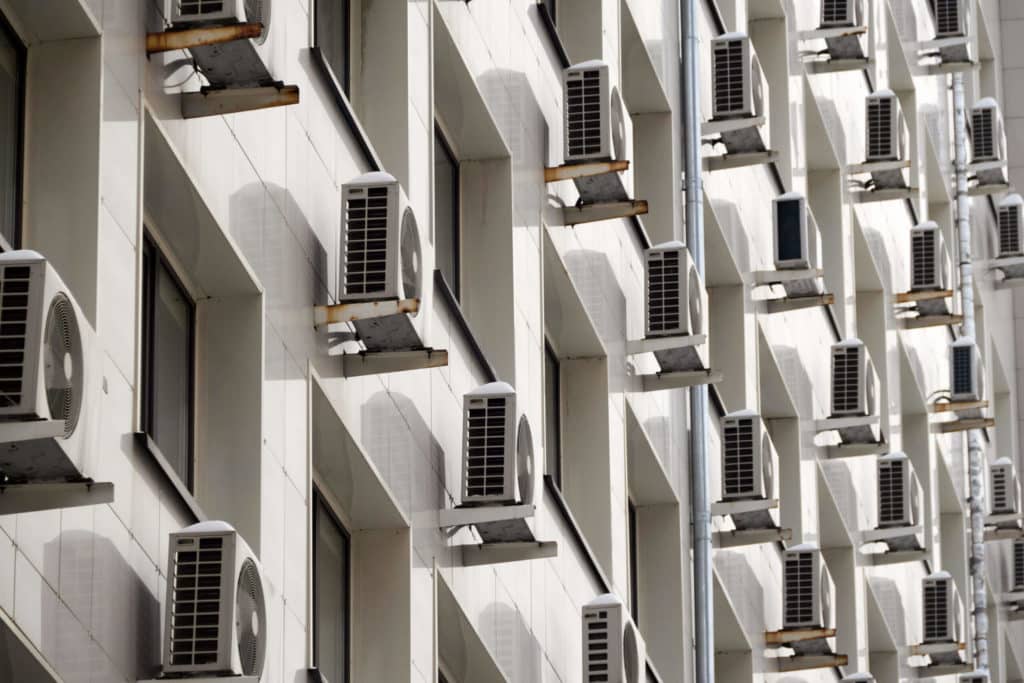
How Cooling Hurts the Environment
The most hazardous elements in traditional refrigeration and cooling technology are refrigerants – chemical compounds used as the heat carrier within systems. Throughout the refrigeration cycle, refrigerants change from gas to liquid and back to gas again absorbing and releasing heat; this cycle creates the desired cooling effect.
Heavily regulated due to their toxicity, flammability and danger to the environment, refrigerants are also prone to leakage – up to 40% can leak out of a cooling system over the product ’s lifetime. This leakage can also cause compressor systems to break prematurely or require regular maintenance. When a refrigerant is released, the gas remains trapped in the atmosphere and absorbs heat, warming the earth and acting as a CO2 multiplier in the atmosphere.
In fact, one kilogram of the highly-toxic refrigerant R410a has the same greenhouse impact as two tons of carbon dioxide, which is the equivalent of running your car for six months. That ’s a high price to pay for the comfort and convenience of refrigeration and AC systems. If left unchecked, by 2050 global AC could use as much electricity as all of China, emitting 2.3 billion tons of CO2.

The Dangers of Cooling’s Global Warming Potential
When looking at the dangers of refrigerants, it ’s critical to understand their Global Warming Potential (GWP). The GWP of a GhG is its ability to trap extra heat in the atmosphere over time benchmarked against CO2 – and is a useful measurement to gauge the environmental impact of specific refrigerants.
All refrigerants contribute some level of GWP, but all refrigerants are not created equal. Traditional refrigerants use toxic hydrofluorocarbons (HFCs), featuring a high GWP rating in the 1000s, as compared to just 1 for CO2.
Freon is an example of an HFC with a high GWP that has been tagged as harmful, and is now restricted, following guidelines first set by the Kigali Amendment of the Montreal Protocol.
More recently, the U.S. Environmental Protection Agency (EPA) stipulated the draw down in the U.S. production and importation of freon by 85% over the next 15 years – and important effort in getting us to that key global warming limit of 1.5° C.
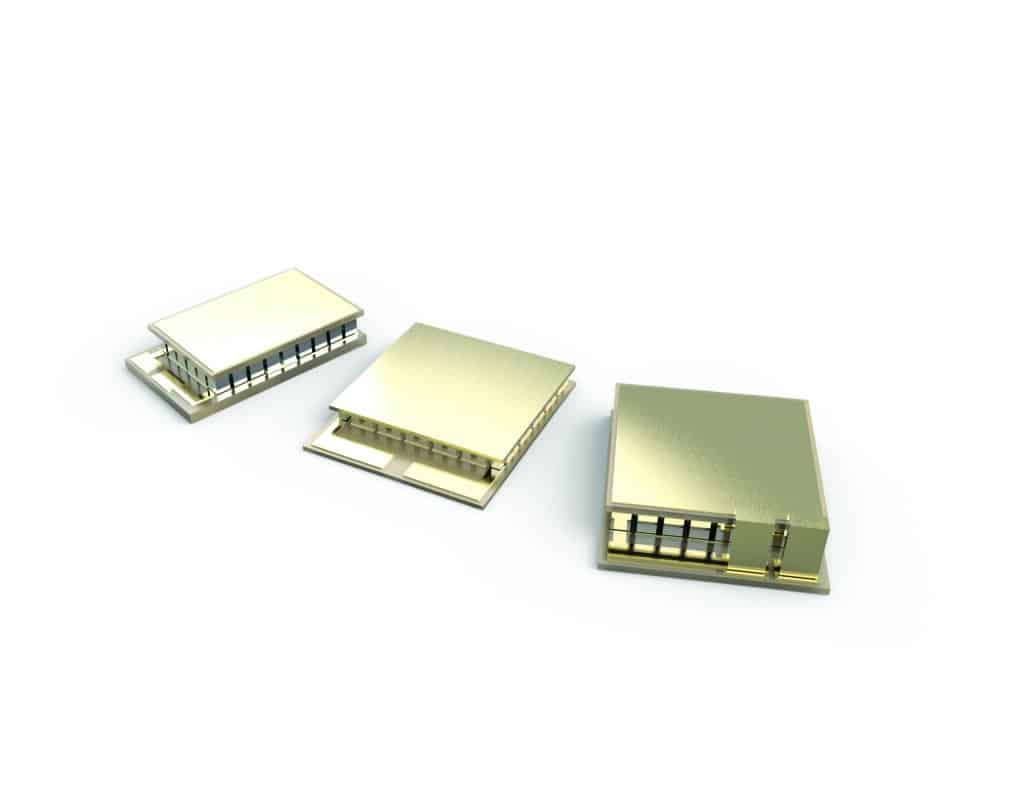
How does solid state cooling work?
The science behind solid state cooling is based on established and proven thermoelectric principles. When an electric current is passed through a solid state thermoelectric device – a thermoelectric cooler (TEC) – it transfers heat from one side to the other. This is referred to as the Peltier Effect.
Within each TEC are many “legs” made of semiconductor materials. These legs move heat using carriers, which may be negatively charged electrons or positively charged holes. The legs are arranged in pairs, consisting of an n-type semiconductor leg (in which the carriers are electrons) and a p-type semiconductor leg (in which the carriers are holes). The legs are electrically connected in series in such a way that when current is applied to the TEC, the carriers all move in the same direction, transferring the heat from one side of the device to the other.
This transfer of heat can be used to effectively heat, cool and even freeze spaces small and large for any number of market applications. With cutting-edge innovation from the device to system level, Phononic has unleashed the full potential of thermoelectric principles bringing disruptive solid state products to life.

A New Way Forward
The need for truly climate-friendly cooling technology has never been higher – and Phononic is ready to meet the moment through solid state innovation, specifically designed to advance refrigeration and cooling. Built on the best practices of the semiconductor world, Phononic’s solid state thermoelectric cooling and refrigeration technology now represents a new way forward toward a cleaner, more sustainable future.
Solid State Innovation
The climate crisis is demanding that technology innovators meet this moment. Innovation not only helps the bottom line – but also supports the health of the planet.
Through its technology platform, Phononic’s innovations are transforming how: data is communicated; automobiles ‘see’; grocers merchandize and deliver food; vaccines and drugs are stored and protected, and residential houses and office buildings are cooled.
With a GWP of just 1 or less, solid state cooling technology makes a real impact on GhG emissions and steers our global community toward the achievable goal of just 1.5° C warming. Phononic is proud to be a part of the global effort helping the world transform into a more sustainable place to live.
eBook
Let’s work together to build your application.
Looking for more?
Solid State Technology
We’ve combined each engineering discipline—pumping heat, moving heat, and controlling heat—to create a revolutionary thermoelectric system that offers endless benefits and true innovation. This is solid state greatness.
Sustainability
As the global leader in solid state cooling technologies, our thermoelectric devices and integrated products are mission critical to cooling data center servers, enabling sustainable cold chain e-grocery growth and bringing the promise of Net Zero within reach to building owners and developers.
Our Company
At Phononic, we believe the world deserves a better way to cool and heat. Our solid state chip has the power to transform our daily lives, cooling and heating our modern world responsibly, without toxic refrigerants. Join us in delivering the solid state technology platform that the world needs.